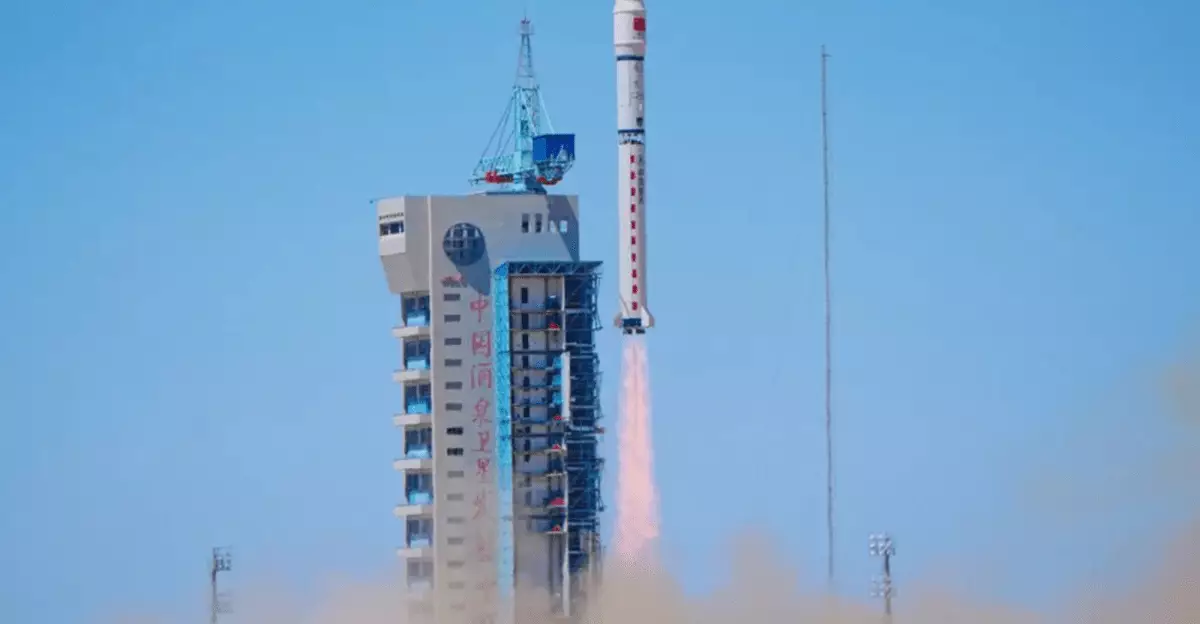China’s recent launch of the first 12 satellites from a planned network of 2,800 marks a pivotal moment in the intersection of artificial intelligence and space technology. This ambitious project, spearheaded by ADA Space, represents a significant step forward in the capabilities of satellite technology by integrating advanced AI processing directly into space. With developments like these, we are witnessing the dawn of a new era where satellites don’t just relay information back to Earth but actively process data in real-time, thus dramatically reducing latency and improving the efficiency of data utilization.
Empowering Real-Time Data Processing
The “Star Compute” initiative and its “Three-Body Computing Constellation” are designed to tackle the limitations of traditional data transmission methods that often result in sluggish processing times due to extensive reliance on ground stations. Each of the launched satellites is equipped with an impressive onboard AI model boasting 8 billion parameters, capable of 744 tera operations per second (TOPS). When linked together, these satellites can manage a staggering 5 peta operations per second (POPS), offering processing power that far exceeds many existing systems, including those found in even advanced consumer electronics. Such a capacity could enhance various applications ranging from scientific research to disaster response.
Harnessing the Cosmos for Diverse Applications
Beyond raw data processing capabilities, the implications of this satellite network stretch into various sectors. The satellites carry scientific payloads, such as X-ray polarization detectors that can monitor cosmic events like gamma-ray bursts. Moreover, their ability to generate 3D digital twin data opens doors for a plethora of applications, including emergency response management, immersive gaming experiences, and even revamping tourism. By incorporating cutting-edge technology into the very fabric of their operational framework, ADA Space is setting the stage for transformative changes that could redefine how we engage with planetary and extraterrestrial phenomena.
A Leap Forward in Satellite Technology
The communication capabilities of these satellites are equally impressive; they can exchange data at speeds of up to 100 Gbps using laser technology, a remarkable feat that significantly surpasses conventional satellite communications. This not only underscores the technical innovations at play but also raises pertinent questions about the future of satellite data collection and its implications on global connectivity. Currently, only a fraction—reportedly less than 10%—of satellite data is successfully transmitted back to Earth due to bandwidth constraints and limited ground station access. ADA Space’s innovative approach aims to address these challenges head-on.
Implications for Global Communications and Beyond
As ADA Space continues to develop its constellation of AI-powered satellites, the potential benefits extend beyond just speed and data volume. Health monitoring, climate modeling, and enhanced meteorological forecasts could all benefit from more reliable and immediate access to vital data. This network could serve as a game changer in multiple fields, bridging the gap between terrestrial data centers and the vastness of space, ensuring that human activity can be understood and interacted with on a global scale like never before.
While the technological advancements of ADA Space promise a brighter future for rapid data processing and communication, the ethical considerations and implications associated with such power must also be carefully monitored and managed as we reach for the stars.

